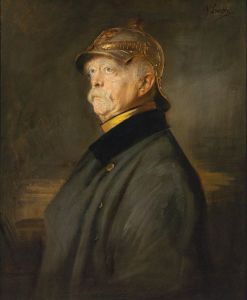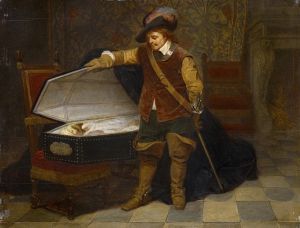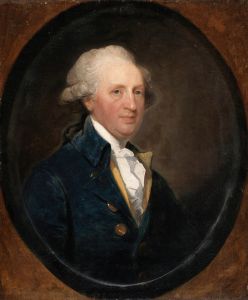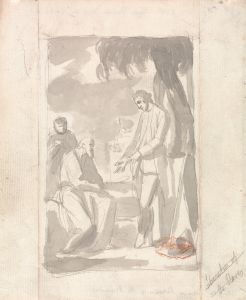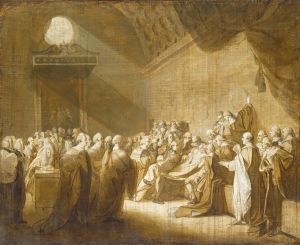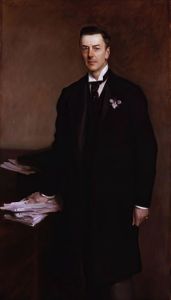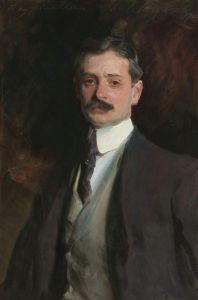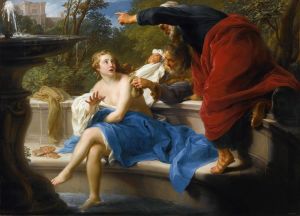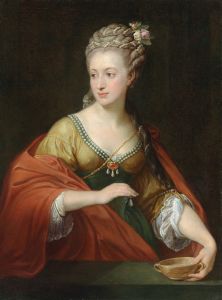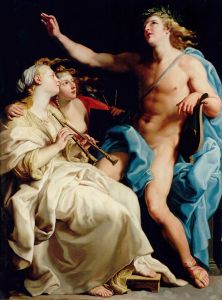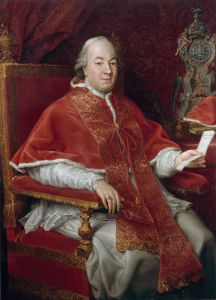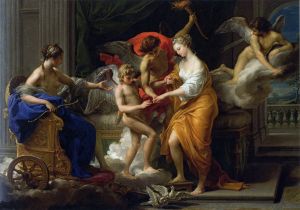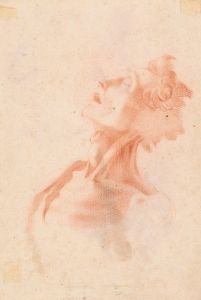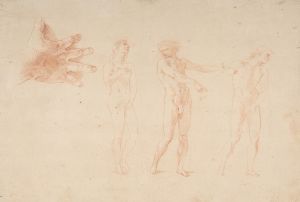
Thomas Tayleur, First Marquess of Headfort
A hand-painted replica of Pompeo Batoni’s masterpiece Thomas Tayleur, First Marquess of Headfort, meticulously crafted by professional artists to capture the true essence of the original. Each piece is created with museum-quality canvas and rare mineral pigments, carefully painted by experienced artists with delicate brushstrokes and rich, layered colors to perfectly recreate the texture of the original artwork. Unlike machine-printed reproductions, this hand-painted version brings the painting to life, infused with the artist’s emotions and skill in every stroke. Whether for personal collection or home decoration, it instantly elevates the artistic atmosphere of any space.
"Thomas Tayleur, First Marquess of Headfort" by Pompeo Batoni is a portrait painted by the renowned Italian artist Pompeo Batoni. Batoni, celebrated for his skill in portraiture and his ability to capture the elegance and status of his sitters, was one of the most sought-after painters of the 18th century. This particular work depicts Thomas Taylour, the 1st Marquess of Headfort, an Irish peer and politician.
Thomas Taylour (1724–1795) was a prominent figure in 18th-century Ireland. He was born into the Taylour family, which held significant influence and wealth. In 1760, he was elevated to the Irish peerage as Baron Headfort, and later, in 1762, he was created Viscount Headfort. His political career included serving as a Member of Parliament for Kells in the Irish House of Commons before his elevation to the peerage. In 1783, he was further honored with the title of Earl of Bective, and in 1800, shortly before his death, he was created Marquess of Headfort.
The portrait by Batoni is believed to have been commissioned during Taylour's travels in Italy, a common practice among wealthy young men of the time who undertook the Grand Tour. The Grand Tour was a cultural journey through Europe, particularly Italy, that was considered an essential part of the education and social refinement of the aristocracy. Batoni's studio in Rome was a popular destination for Grand Tourists seeking to commemorate their travels with a portrait.
In the painting, Batoni employs his characteristic style, blending elements of classical antiquity with the sitter's contemporary fashion and demeanor. Taylour is depicted with a confident and composed expression, dressed in fine clothing that reflects his status and wealth. The background often includes classical architectural elements or landscapes, a hallmark of Batoni's Grand Tour portraits, though specific details of the background in this painting are not universally documented.
The portrait is a testament to Batoni's ability to convey the social standing and personality of his subjects while incorporating the artistic ideals of the period. It also serves as a historical artifact, offering insight into the cultural practices and aesthetics of the 18th-century European aristocracy.
The current location of the painting is not definitively recorded in widely available sources, though many of Batoni's works are housed in prominent museums and private collections around the world. Further research may provide more details about its provenance and exhibition history.





